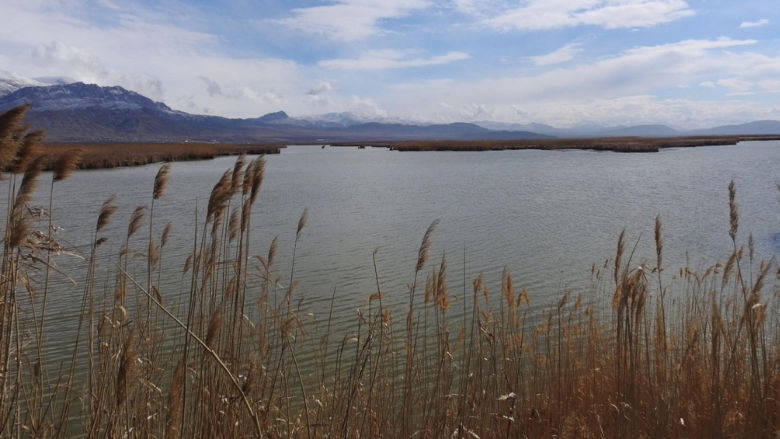Over the past few decades, populations of Europe’s many wild species and natural habitats have significantly declined. This trend is likely to continue if no action is taken to preserve the continent’s biodiversity. And such a decline in wildlife and habitats ultimately impacts ecosystem services and jeopardizes food security, water supply, and economic livelihoods.
Armenia, along with other Eastern Partnership countries, has committed to preserving biodiversity through the Emerald Network of protected areas. Established under the 1979 Bern Convention on the Conservation of European Wildlife and Habitats, the Emerald Network of legally recognized and protected areas with high biodiversity seeks to ensure long-term conservation of wildlife and its natural habitats and promote sustainable interaction between people and nature.
When Armenia signed the Bern Convention in 2006, it joined the ranks of nearly 50 other European countries committed to protecting the continent’s rich biodiversity. Since adopting the Convention in 2008, Armenia has identified 23 areas as potential nature protection sites to be included in the Emerald Network. The total area of these sites represents more than one third of the country’s territory — a proportion that is among the largest in all participating countries and nearly three times greater than across the entire South Caucasus region.
As part of the EU-funded EU4Environment Program, the World Bank Group is supporting Armenia in advancing the establishment of the Emerald Network of protected sites in the country. Launched in 2019, the EU4Environment Program supports Eastern Partnership countries in preserving their natural capital and increasing people's benefits from its sustainable use by supporting environment-related action, unlocking opportunities for greener growth, and setting mechanisms to better manage environmental risks and impacts.
Armenia, a land-locked country, is endowed with rich biodiversity divided into two biogeographic regions: the Alpine in the north and Anatolian in the south. Despite its relatively small size, the country hosts a wide variety of habitats, from semi-desert at the foothills to alpine meadows at the upper range of high mountains.



